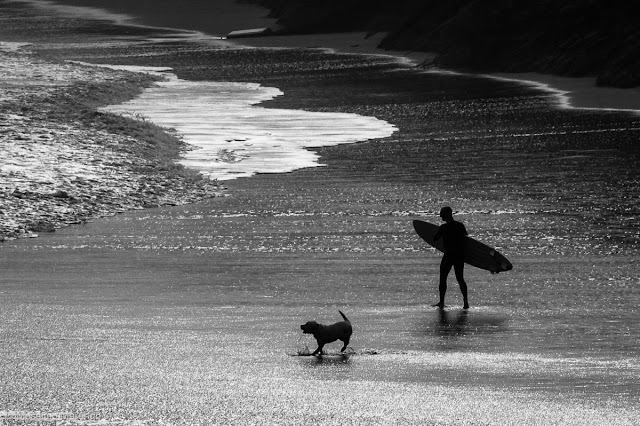 |
| Auckland, New Zealand (Jun 7, 2008) |
The trip finally arrived to its end. The last day our friends accompanied us to the Auckland Museum, where we saw the Maori exhibition and the Natural History collections. The museum has a large and nice kids section, which Tycho, Lenya and Halen are quite enthusiastic about.
 |
| Auckland |
The night before, between the beach and Kendra’s parents, we went with Greg on top of the Sky Tower. The ride on the elevator to the observing deck is quite impressive, as the elevator has glass walls and one can see the structure of the tower (and the full drop). We even got a discount for the entrance fee, because the nice lady at the booth liked us and decided to give us the student discount even after we said that we were not students. Being New Zealand even going to the Sky Tower can be yet another occasion for extreme sport. The tower, 328 meters tall (1,076 feet), is the tallest free standing structure of the southern hemisphere. From its observation deck it is possible to practice the “Sky Walk”, which consists in walking on a wire metal platform outside the windows (without rail or balcony), tethered to the structure but otherwise exposed to the elements. Or one can jump to the ground (tethered to a cable that slows down the descent just enough so that you arrive at the bottom alive and perhaps willing to try a second ride). If you are not so adventurous you can still experience the height by standing on top of a glass ceiling, watching the ant-sized people walking on the street 300 meters below.
This is the last post of the trip. We took the plane back to Los Angeles, where Mayli got her connection to Chicago (she was going to a meeting in Minnesota), and I got harassed yet again at immigration because at some point my record with the homeland security database got screwed up. They know is their mistake (and a very obvious one), but apparently nobody knew how to correct it, so I had to go through this hassle every time I reentered the country, until it was finally resolved a few trips later. After the usual 45 minute delay I finally got on my plane to Boston... and arrived home.
If you have landed to this page and you want to read all this from the beginning, jump back to the first post or the cover page here.
 |
| Auckland, New Zealand (Jun 7, 2008) |




































